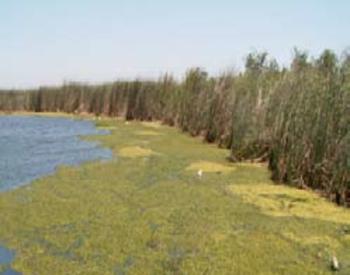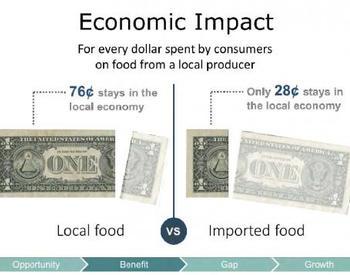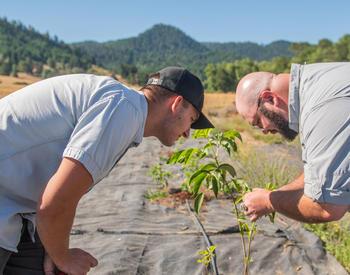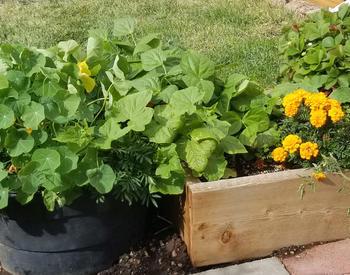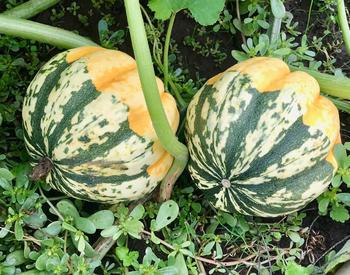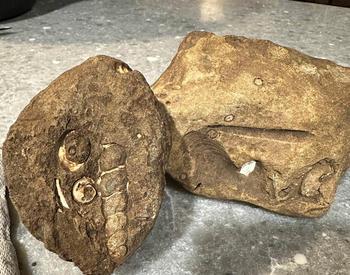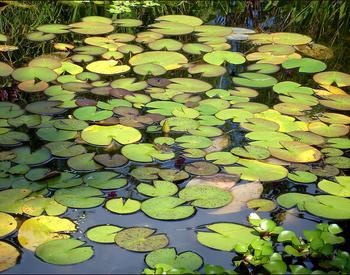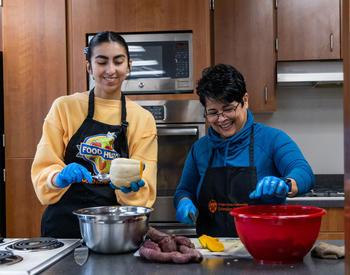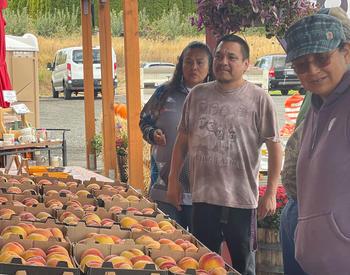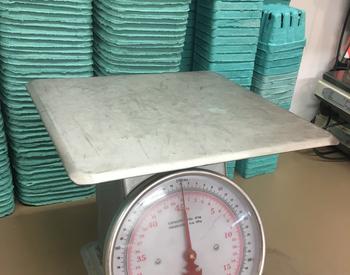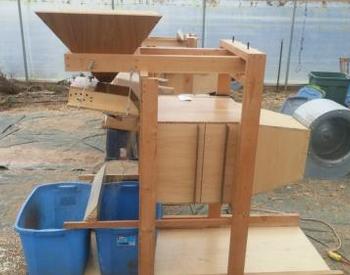Transcript
[MUSIC PLAYING]
I'm Kaety Jacobson, with Oregon Sea Grant Extension program
at Oregon State University.
I'm here at JC Market in Newport.
And I'm going to teach you how to buy high quality seafood
from the seafood department.
I'm here with Will, who works in the seafood department
here at JC Market.
And really the first step to learning
how to buy high quality seafood is to ask as many questions
as you can about it.
So Will, can you tell us a little bit
about the items you have in your case today?
Certainly.
Over here in the corner, we have rockfish,
which is a generalized term for about 300 species of fish.
Next to that, I have some golden trout, which
is farm-raised here in the USA.
In the middle, I have Dover, also caught here in the USA.
Up here behind it, I have some Alaskan-caught sockeye.
And back here in the back, I have
some farm-raised from the Columbia River steelhead.
[MUSIC PLAYING]
All right, well, I asked Will to get out a sockeye fillet for us
to look at.
The hardest part about buying fillet pieces of fish
is that it's really difficult to make sure you're actually
buying what the sign says, because most of the time
it's harder to identify a species
when you're only looking at part of the meat.
So one of the easiest ways you can do that
is actually looking if it has its skin on,
which this one does, and actually looking
to make sure it looks like it's a salmon, and it does.
The other thing you can do to become more familiar with what
fillets looks like is actually look at different images
through Google and stuff of what filleted products look like.
And also, always buy from a reputable vendor
that you have a relationship with.
Some other tips from buying a fillet like this
is that it should actually smell very fresh.
So we're going to go ahead and give it a smell here.
Yep, it should not have a real fishy odor.
Another thing is the flesh should look bright.
Even if it's a fillet that's white,
it should still look very bright.
It should not be really leaking any excess fluid.
A lot of products you're going to see in a seafood case
will have previously been frozen.
Frozen products can be really high quality products,
so don't shy away from frozen products or previously
frozen products.
There are a couple of things that you
do want to look out for.
The most important one is freezer burn.
So the piece of fish I'm going to show you
is not from this store.
I just want to make that clear.
This is actually one that went bad in my own freezer.
It actually has severe freezer burn on it.
Freezer burn is caused when basically air from your freezer
gets to the fish.
When it's still frozen, it's going to look white.
And as it thaws out, it will be brown.
It mostly will start around the edges
and then it will work its way into the interior of the fish.
[MUSIC PLAYING]
So this is a whole trout.
And when buying a whole fish, whether it
be this trout or another whole fish,
there's a couple of things you want to look
for in terms of quality.
One is to look at the eyes.
The eyes should be clear, not cloudy or milky.
There also shouldn't be any red or discoloration in there.
The second thing is to actually look at the skin of the fish.
A few scales missing, like right here, that's OK.
But if they're missing large patches of scales
that usually indicates that handling wasn't done right.
The third thing is actually to open this up and look
at the inside of the fish.
The color should be good.
You want to make sure there's not a lot of broken bones
inside.
And then again, you want to give it a good smell
and make sure that it's not smelling too fishy.
It has that nice, clean, and almost fresh smell.
[MUSIC PLAYING]
Learn what to look for and what to ask the next time you are shopping for fish at your local market or grocery store. Helpful tips and tricks for purchasing fish for your next meal.




